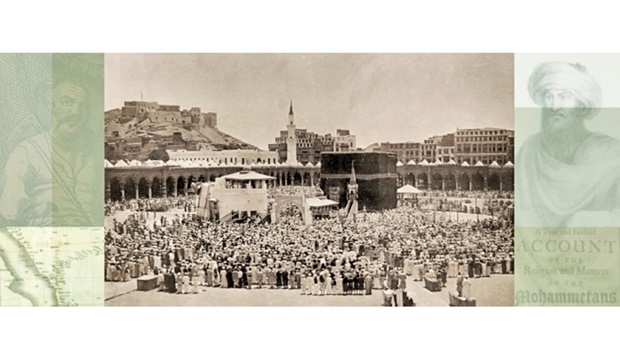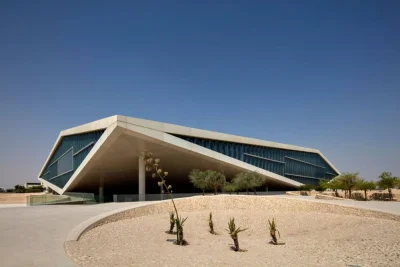Qatar National Library hosted a lecture to shed light on its Heritage Library’s notable collection of rare books on Western travellers to the Mena region and the holy city of Makkah during the 17th-19th century.
The rare books, which provide insights into the city of Makkah, the religious pilgrimage itself, and the traditional customs of Arabia during that time, were the subject of a lecture by Yousef al-Ansari, information service librarian at QNL recently.
The event, ‘Western Travellogues to Makkah,’ offered key information about the culture of the people in Arabia and the political systems that governed the holy city at the time. It further showcased interesting early historical descriptions of Makkah and the rituals of Hajj they participated in.
Al-Ansari said, “The travellers books are not only valuable because of their rarity but because they represent historical primary source works on how one culture perceived another culture at the time. That said, they also provide an important historical insight into the holy city of Makkah’s extraordinary history of traditional Arabian culture, the religious practices during Hajj, and the city’s ethos for those time periods mentioned.”
The lecture discussed how the holy city of Makkah was first described by Ludovico de Varthema of Bologna, known as Hajj Younes. He was the first European traveller to enter Makkah as a pilgrim in 1503 and to provide a complete, accurate description of the holy city.
Joseph Pitts, a famous Englishman and explorer, is also widely considered to be one of the earliest Europeans in history to enter Makkah after Ludovico de Varthema. He is credited with the first written account of the pilgrimage from the western road to Morocco, through Egypt to Makkah.
The rare books, which provide insights into the city of Makkah, the religious pilgrimage itself, and the traditional customs of Arabia during that time, were the subject of a lecture by Yousef al-Ansari, information service librarian at QNL recently.
The event, ‘Western Travellogues to Makkah,’ offered key information about the culture of the people in Arabia and the political systems that governed the holy city at the time. It further showcased interesting early historical descriptions of Makkah and the rituals of Hajj they participated in.
Al-Ansari said, “The travellers books are not only valuable because of their rarity but because they represent historical primary source works on how one culture perceived another culture at the time. That said, they also provide an important historical insight into the holy city of Makkah’s extraordinary history of traditional Arabian culture, the religious practices during Hajj, and the city’s ethos for those time periods mentioned.”
The lecture discussed how the holy city of Makkah was first described by Ludovico de Varthema of Bologna, known as Hajj Younes. He was the first European traveller to enter Makkah as a pilgrim in 1503 and to provide a complete, accurate description of the holy city.
Joseph Pitts, a famous Englishman and explorer, is also widely considered to be one of the earliest Europeans in history to enter Makkah after Ludovico de Varthema. He is credited with the first written account of the pilgrimage from the western road to Morocco, through Egypt to Makkah.



